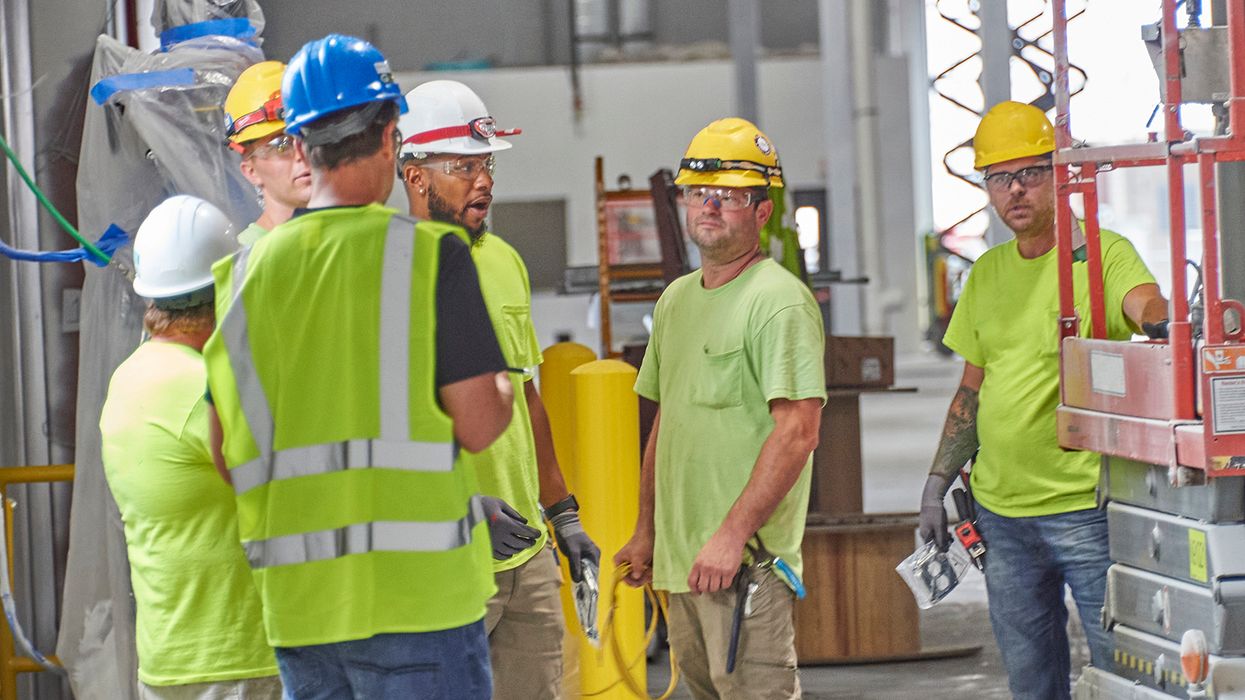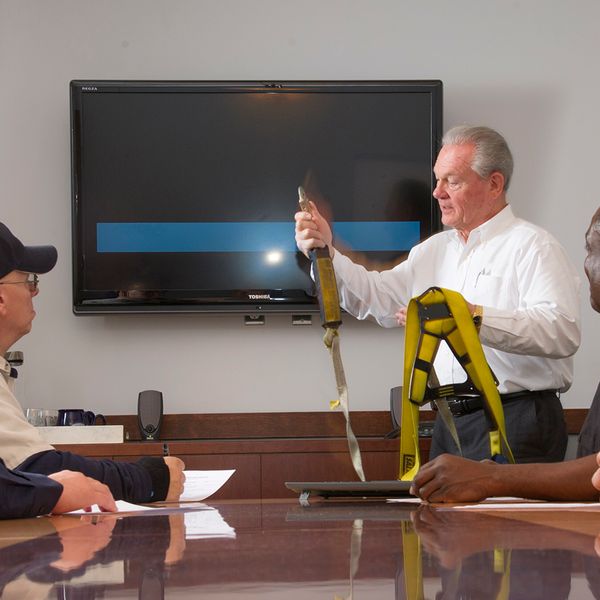A lack of safety training engagement: The workers’ perspective
OSHA requires employers to provide training to workers who face hazards on the job. But safe and healthy workers are only as successful as the training they receive. To better understand how workers view safety training, the J. J. Keller Center for Market Insights reached out to our Compliance Network subscribers to get their perspectives.
Survey invitations were emailed to 33,281 contacts, with results reflective of a representative sample of J. J. Keller contacts with training responsibilities, such as planning, coordination, and/or presentation. The top two problems surrounding safety training were reported as conflicting schedules (57 percent) and a lack of worker engagement or participation (39 percent).
Safety training not viewed as important?
Some employers may not be surprised that 42 percent of respondents reported feeling they didn’t have time for safety training. Employers understand that workers feel pressure to keep up with operations and know that balancing productivity with safety is always a challenge. Making safety as much of a priority as operations may be the simpler fix, so let’s focus on the lack of worker engagement in training.
We asked, “What do you feel are the reasons for lack of worker engagement/participation in safety training?” An astounding 70 percent of 333 respondents attributed the lack of engagement to workers not feeling the training is important. So, do workers feel that their safety is unimportant or the training itself is unimportant? We wanted to uncover more.
Survey respondents clarified that employees don’t feel the training is important, stating that they’re used to doing things a certain way or have “been there, done that.” They also shared that some training is perhaps not used often enough, and repetitive training can gloss over relevant information when the same presentations are used year after year. The good news is that safety training doesn’t have to seem irrelevant to workers. Simple, cost-effective changes can help!
Making safety training more successful
Survey respondents were very transparent with their input on how to make safety training more successful. Over half of the respondents (54 percent) felt having more or improved resources would improve safety training, while 37 percent felt having more time for training would help.
One of the best improvements any employer can make to their safety training program is to develop a safety training matrix. Carefully evaluating the workplace, hazards, and training requirements for workers gives a better idea of which employees must receive which training and will go a long way to improve engagement. Not every employee will need every training you offer, so requiring them to go through training that doesn’t apply is a quick turnoff that may not be turned on again when training really matters.
Management must ensure adequate time is allotted for training. Rather than attempting to fit training into a particular time slot, trainers should design training around important topic components that workers should know. For example, rather than setting an hour aside to teach workers about Pull-Aim-Squeeze-Sweep, the PASS method for operating a fire extinguisher, use 90 minutes to review all components of a fire extinguisher and have workers practice putting out a small, controlled fire. Hands-on activities add a great deal of value to allotted training time.
It’s no secret that extra time and resources aren’t always a luxury we have at work, so making the most of what we do have is key. Here are a few more training tools for your toolbox:
- Alter your training method each year for annual training. One year, use a lecture; the next year, use props or center the training on hands-on activities.
- Use a variety of training methods to appeal to different adult learning styles, such as visual cues, written activities, or videos. A combination of lectures, hands-on practical training, and online training is what most employees find effective.
- Find ways to make mundane information more enticing. Turn lessons into case studies or “what would you do if” scenarios, or have workers give real-life examples of training material.
- Embed statistics or fun facts into training to draw worker interest.
- Avoid using the same presentation for annual training as refresher training. Refresher training should include highlights of mandatory training that also focuses on workplace incidents or near misses related to the training topic. Change things up to keep employees engaged.
- Ensure training makes sense to workers. If training doesn’t apply to their everyday work experiences, they’ll likely tune out quickly and not retain necessary information.
Key to remember
Workers are only as successful as the training they receive, so applicable training must be presented in a way that will maintain their interest and promote knowledge retention.


















































